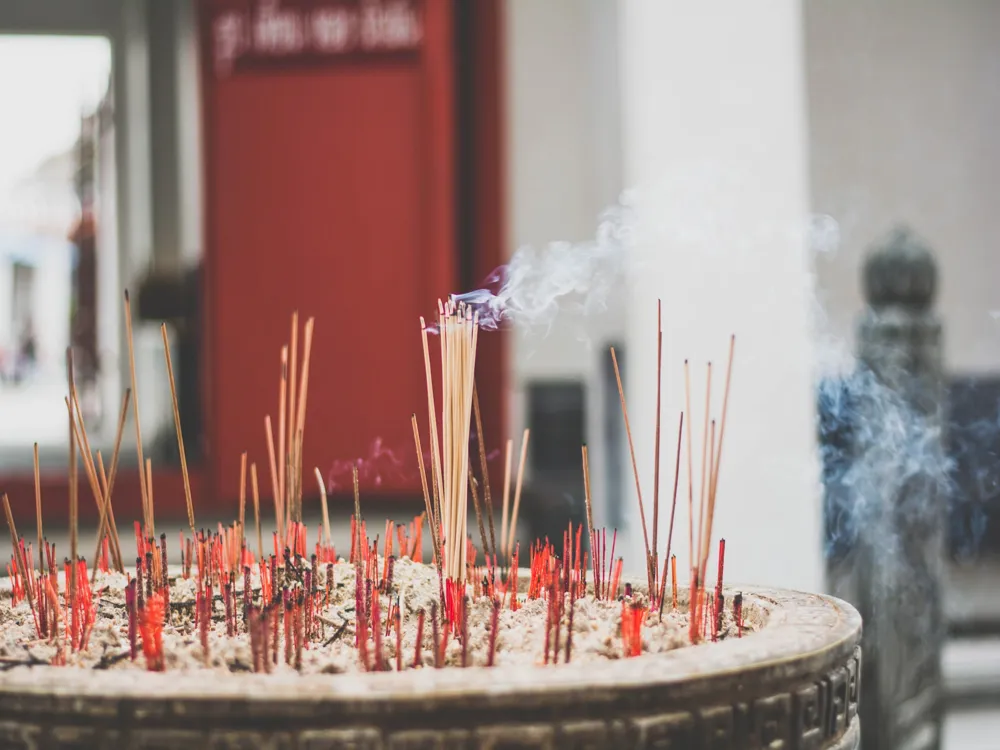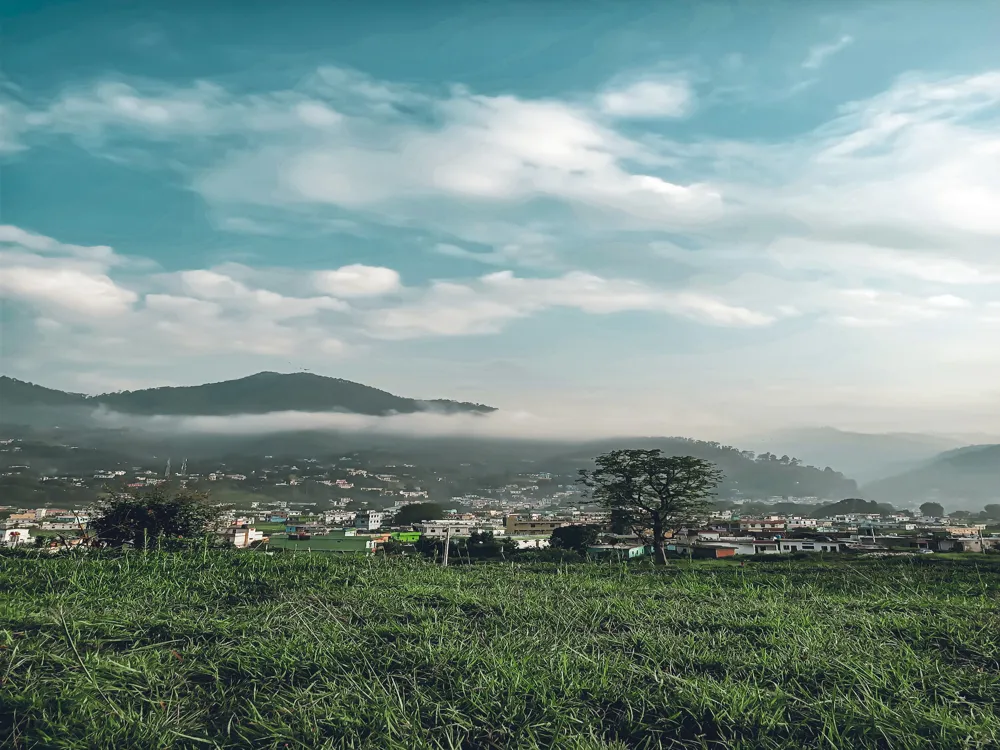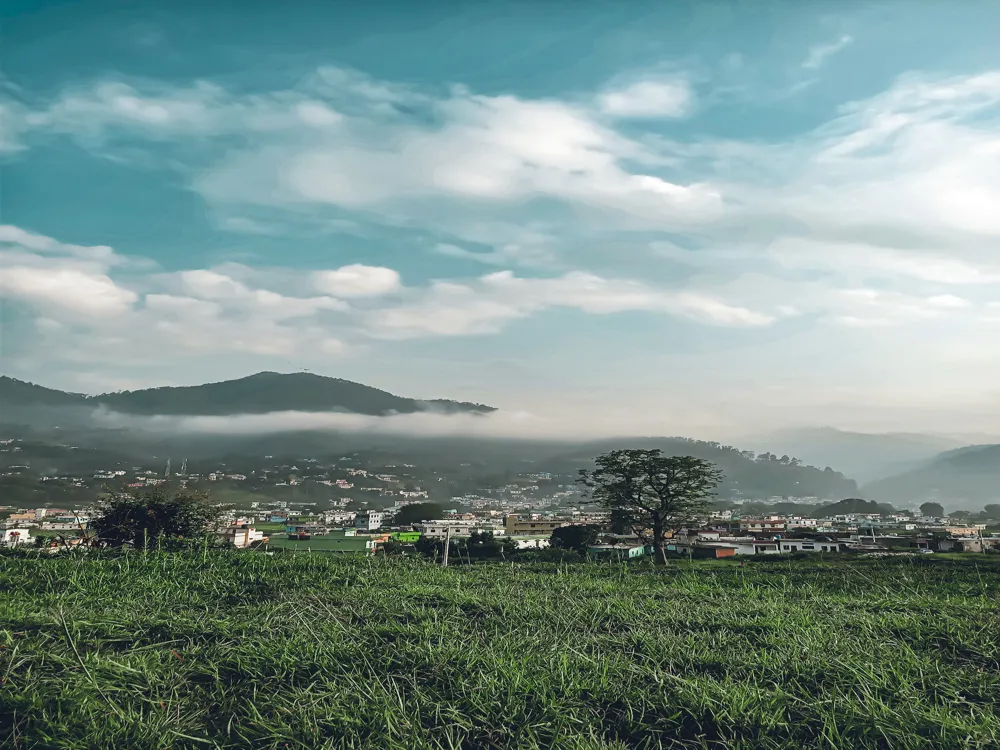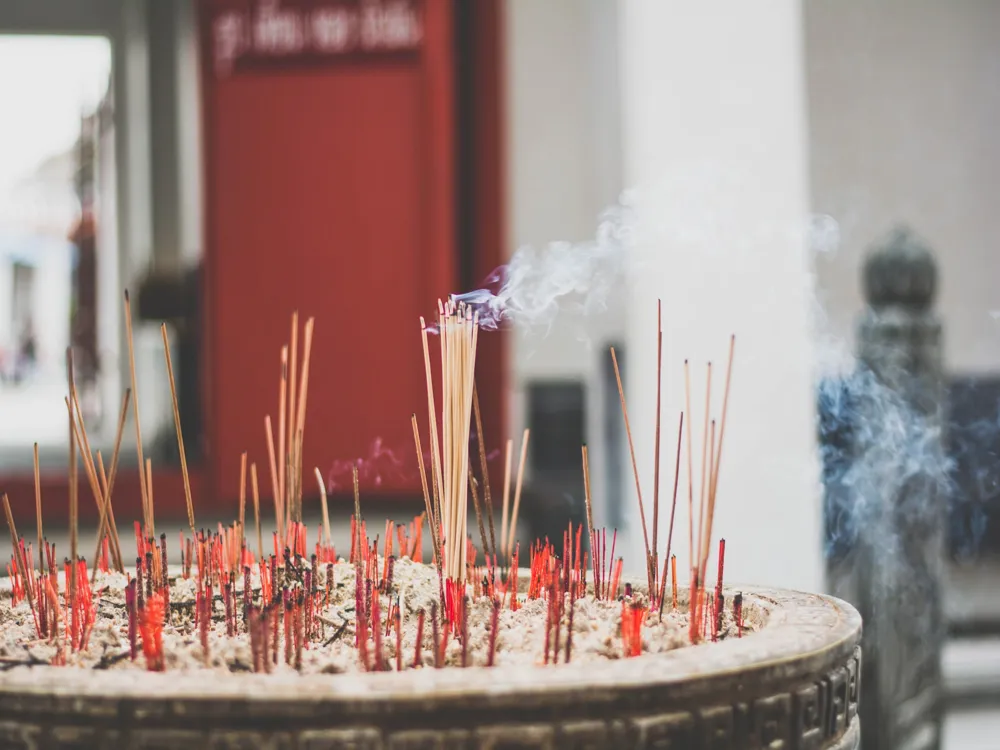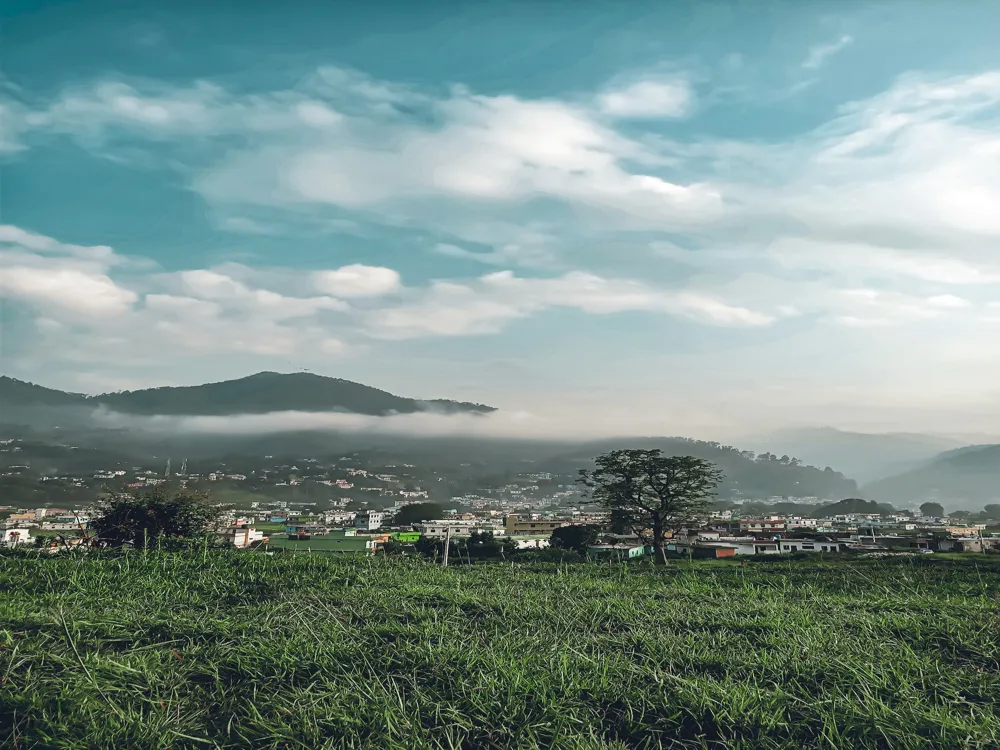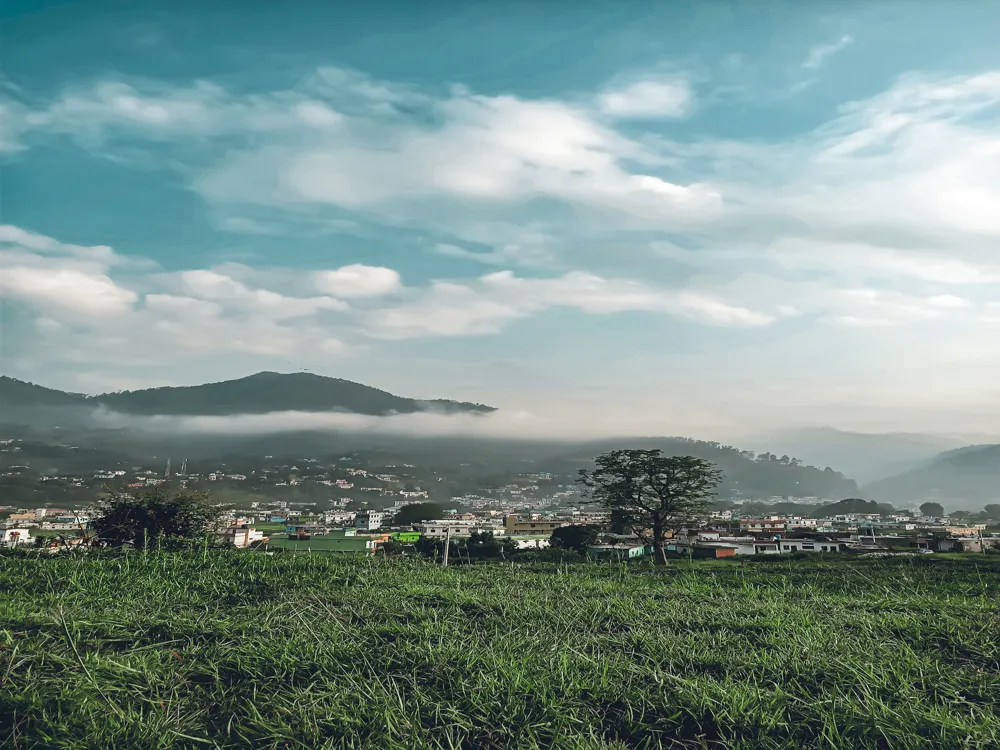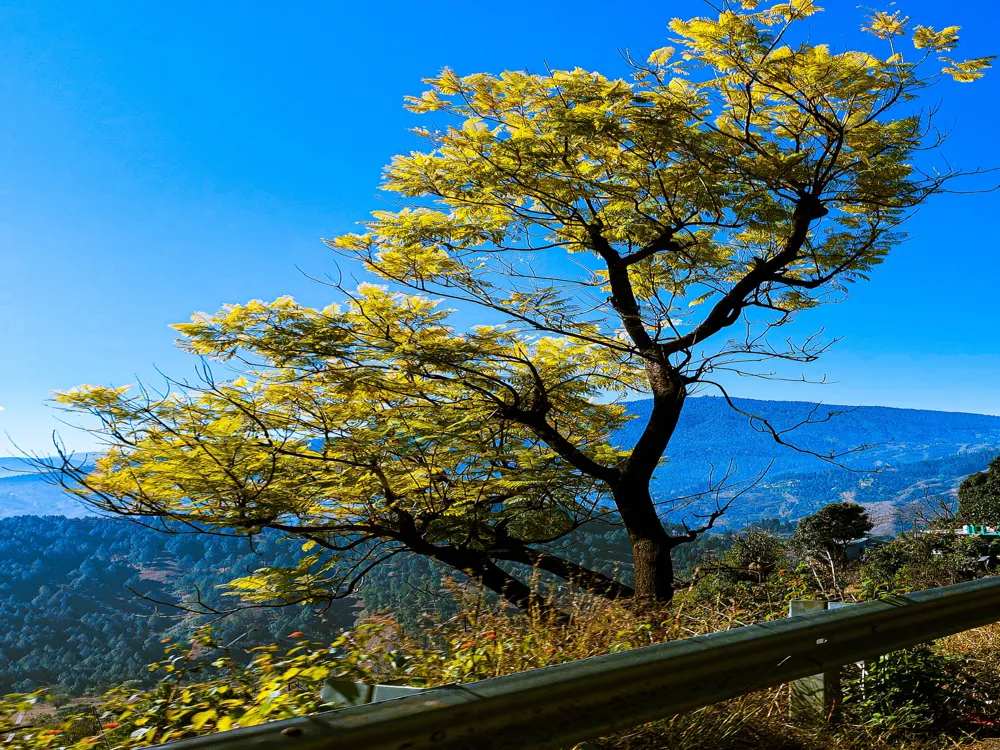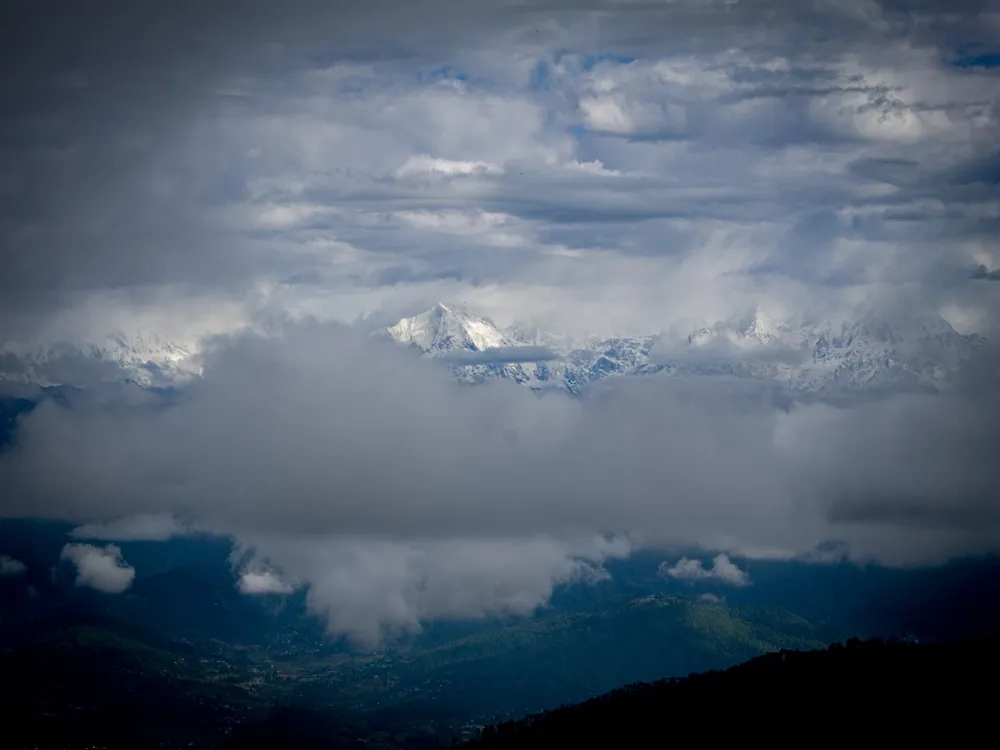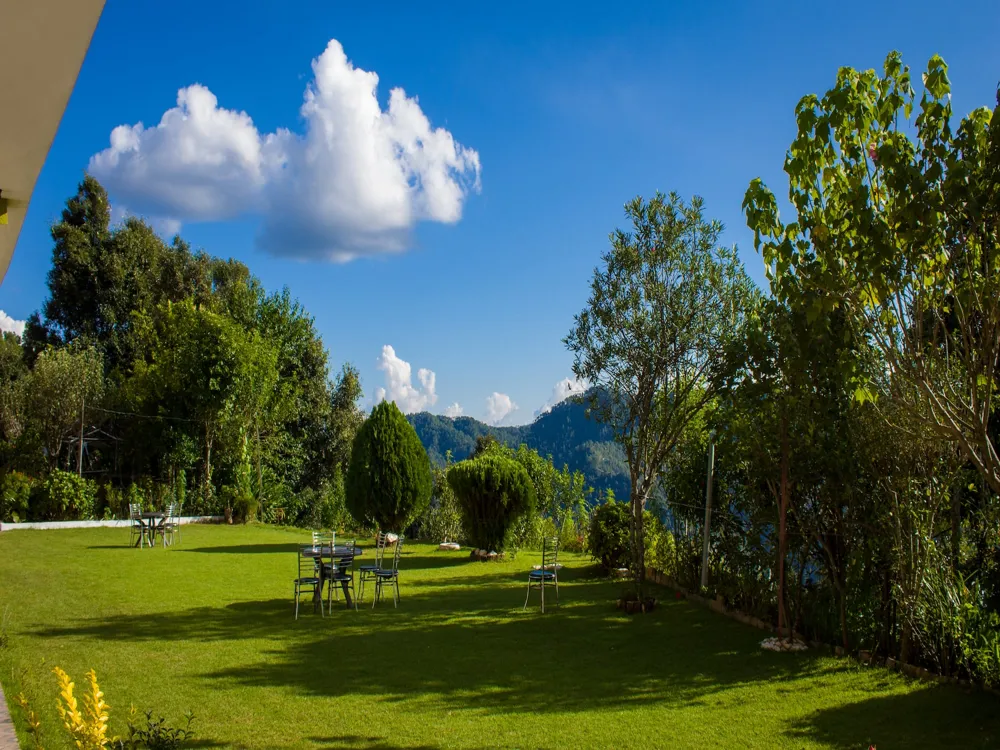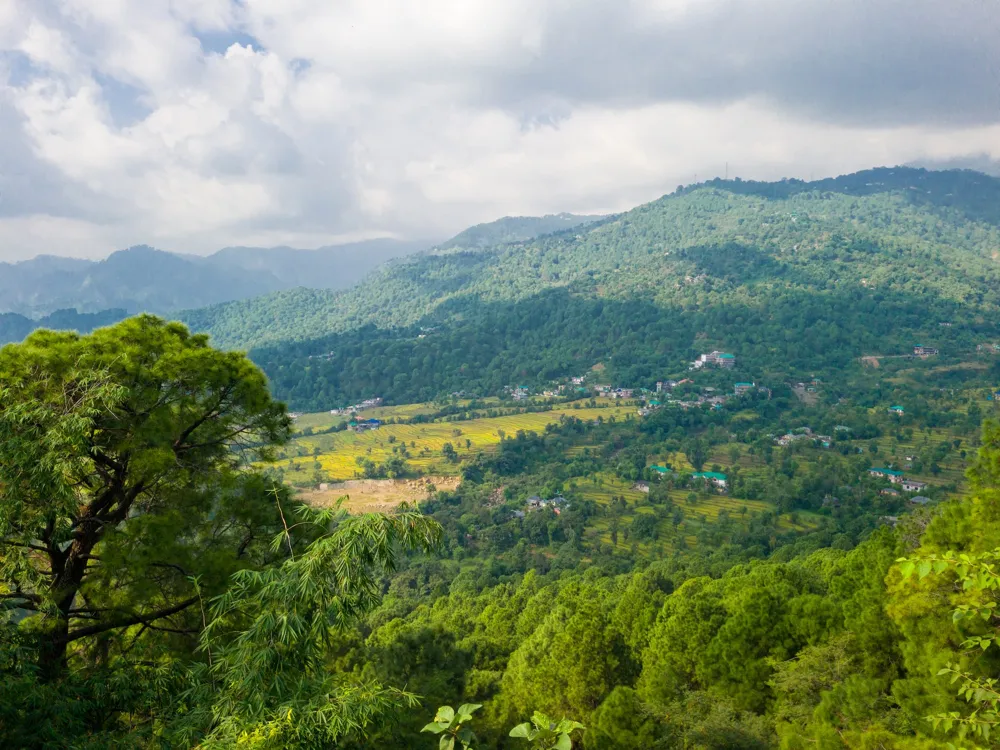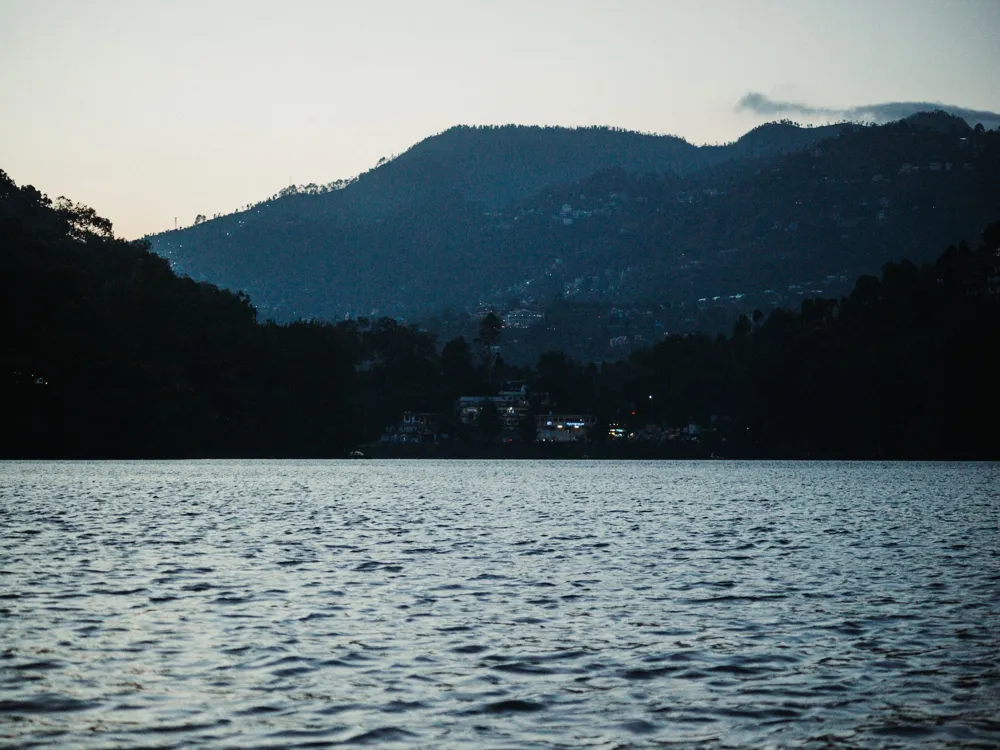Vijaypur, nestled in the serene landscape of Bageshwar district in Uttarakhand, India, is a hidden gem waiting to be discovered. This quaint village, surrounded by lush greenery and offering panoramic views of the Himalayas, is a perfect retreat for those seeking tranquility and a connection with nature. The charm of Vijaypur lies in its simplicity and untouched beauty, making it an ideal destination for travelers who wish to explore the road less traveled. The history of Vijaypur is as fascinating as its picturesque surroundings. Once a strategic point during the British era, it has now transformed into a peaceful haven. The village is not just about scenic beauty; it's a cultural melting pot, reflecting the rich heritage of the Kumaon region. The local cuisine, traditions, and lifestyle of the people here are deeply influenced by their profound respect for nature and their ancestral practices. As you stroll through the village, you'll witness the harmonious blend of old-world charm and modern aspirations. The locals, known for their warm hospitality, are always eager to share stories and legends that make Vijaypur more intriguing. Whether it's the captivating folklore or the spellbinding views of the snow-clad peaks, Vijaypur offers a unique experience that stays with you long after you've left. The architecture of Vijaypur is a testament to the rich cultural heritage and artistic prowess of the Kumaoni people. The traditional houses, made of stone and wood, are not just dwellings but a reflection of the local artistry. The intricate wood carvings, often depicting flora, fauna, and mythological scenes, add to the aesthetic beauty of these structures. One of the most striking features of Vijaypur’s architecture is the use of locally sourced materials. The buildings are designed to withstand the harsh mountainous climate while maintaining an ecological balance. The sloping roofs, thick walls, and small windows are characteristic of the architectural style, providing insulation during cold winters and keeping the interiors cool during summers. The religious structures in Vijaypur, such as temples, are an integral part of the architectural landscape. These temples, some of which date back centuries, showcase the exquisite craftsmanship of the Kumaoni artisans. The use of wood and stone in these temples is not just for structural purposes but also carries a spiritual significance, symbolizing the connection between the divine and the earthly realm. The ideal time to visit Vijaypur is between March to June and September to November. During these months, the weather is pleasant, and the views of the Himalayas are exceptionally clear. Carry warm clothing, comfortable walking shoes, a first-aid kit, and a camera to capture the breathtaking views. Don’t forget to pack essential medicines and personal care items, as local shops might have limited supplies. Visitors are encouraged to respect the local customs and traditions. Dress modestly, ask for permission before taking photographs of the locals, and participate in community activities if invited. Reaching Vijaypur is an adventure in itself. The nearest airport is Pantnagar Airport, and the closest railway station is Kathgodam. From these points, you can hire a taxi or take a bus to Bageshwar. Vijaypur is approximately 30 kilometers from Bageshwar, and local transport or hired taxis are available for this last leg of the journey. The journey to Vijaypur is as picturesque as the destination itself. As you ascend the winding mountain roads, each turn offers a new vista of the Himalayan landscape. The route is well-marked, and the journey, though a bit long, is incredibly scenic and enjoyable. Read More:Overview of Vijaypur in Bageshwar, Uttarakhand
Architecture of Vijaypur
Tips When Visiting Vijaypur
Best Time to Visit
Packing Essentials
Respecting Local Culture
How To Reach Vijaypur
Vijaypur
Bageshwar
Uttarakhand
NaN onwards
View bageshwar Packages
Weather :
Tags : Town
Time Required : 1 day
Entry Fee : Free
Planning a Trip? Ask Your Question
Bageshwar Travel Packages
View All Packages For Bageshwar
Top Hotel Collections for Bageshwar

Private Pool

Luxury Hotels

5-Star Hotels

Pet Friendly
Top Hotels Near Bageshwar
Other Top Ranking Places In Bageshwar
View All Places To Visit In bageshwar
View bageshwar Packages
Weather :
Tags : Town
Time Required : 1 day
Entry Fee : Free
Planning a Trip? Ask Your Question
Bageshwar Travel Packages
View All Packages For Bageshwar
Top Hotel Collections for Bageshwar

Private Pool

Luxury Hotels

5-Star Hotels

Pet Friendly







